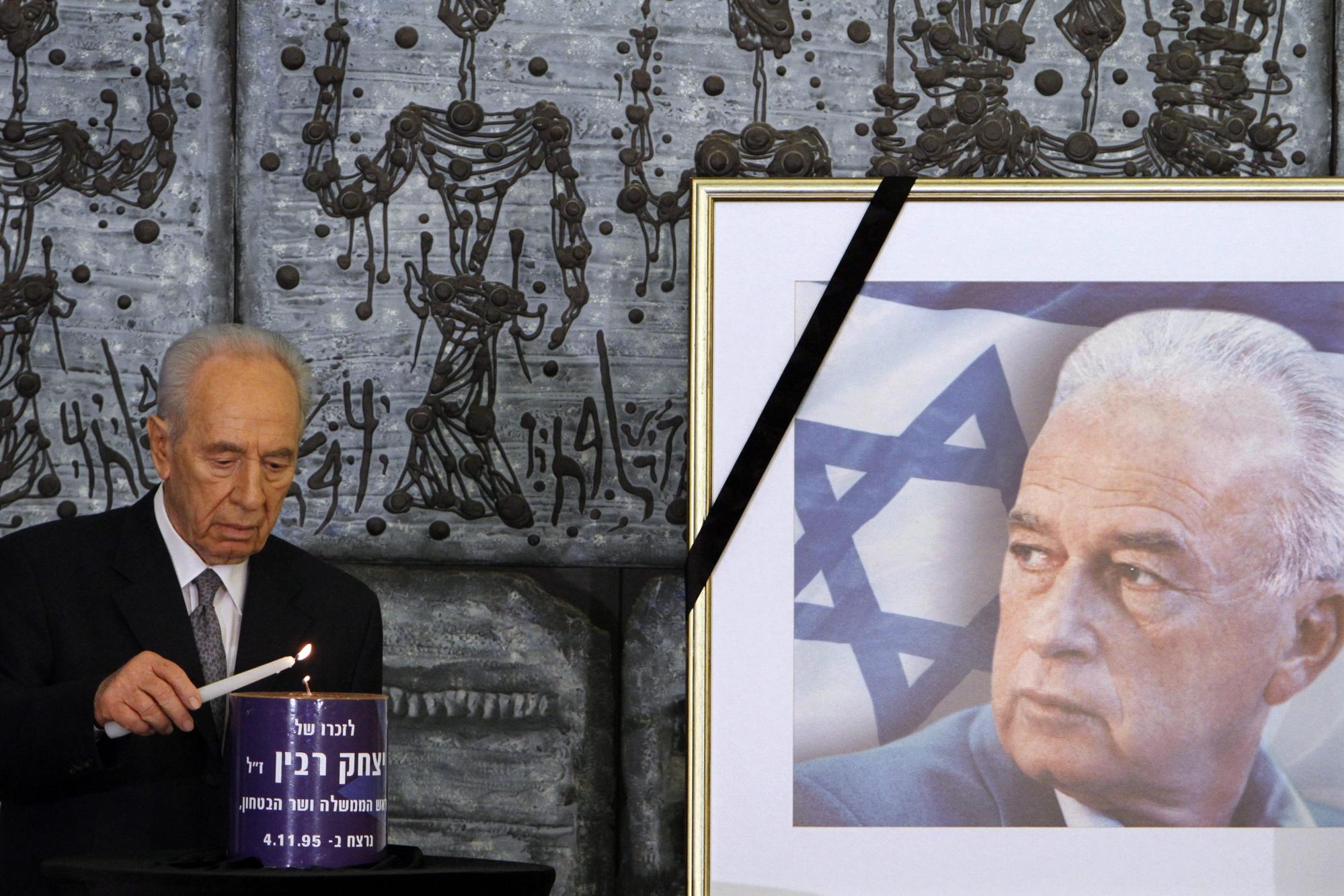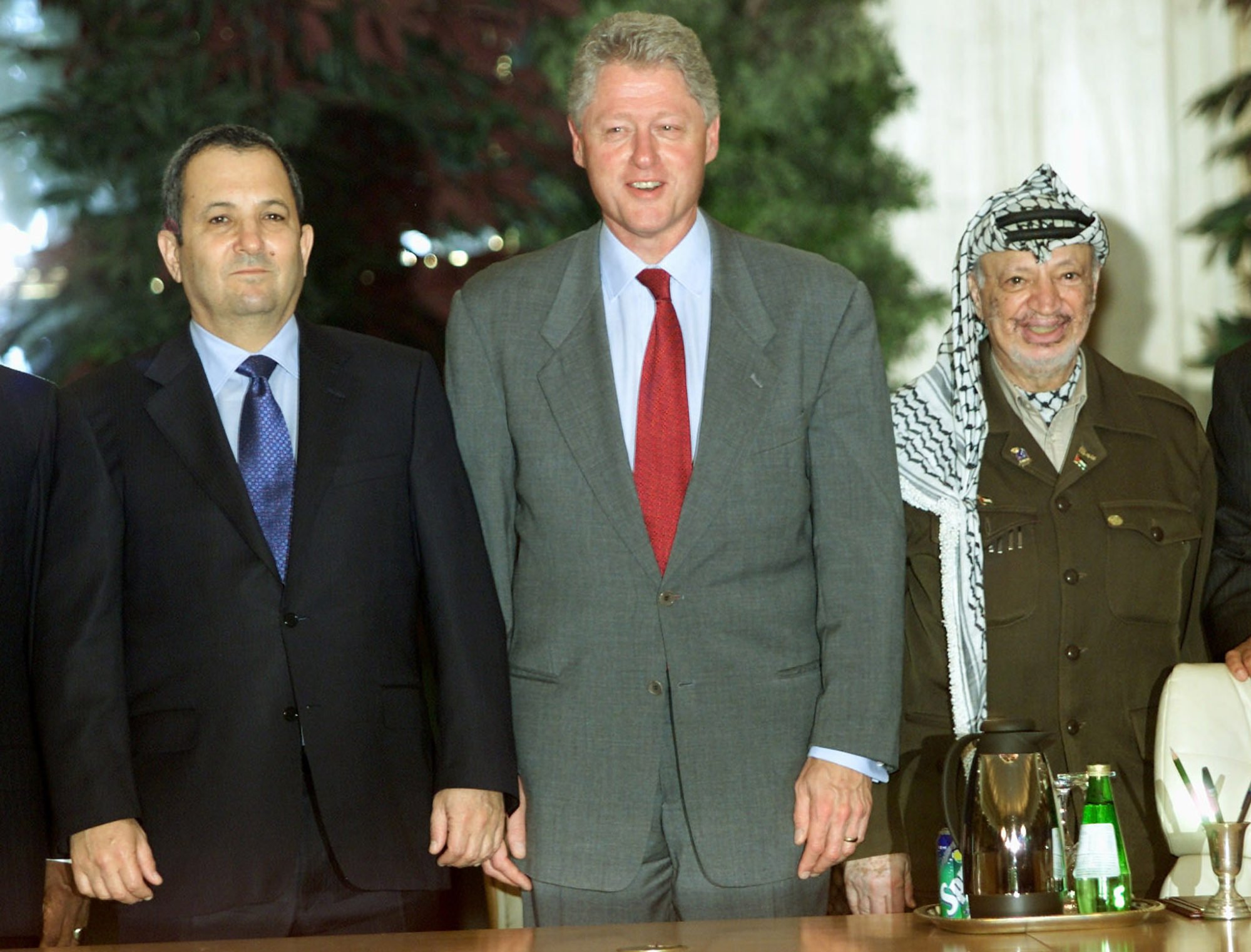
These include Jewish settlement in occupied land the Palestinians seek for a state, uncompromising positions on core issues including Jerusalem, violence, and deep mistrust.
UN chief warns Israel’s rejection of two-state solution threatens global peace
UN chief warns Israel’s rejection of two-state solution threatens global peace
What are the two-state solutions origins?
The state of Israel was declared on May 14, 1948. A day later, five Arab states attacked. The war ended with Israel controlling 77 per cent of the territory.
The Palestinians remain stateless, with most living under Israeli occupation or as refugees in neighbouring states. Some – mostly descendants of Palestinians who remained in Israel after its creation – have Israeli citizenship.
Has a deal ever been close?
The accords led the PLO to recognise Israel’s right to exist and renounce violence and to the creation of the Palestinian Authority (PA), which has limited self-autonomy in the West Bank and Gaza Strip.
Palestinians hoped this would be a step towards an independent state, with East Jerusalem as the capital.
The process was hit by rejection and violence on both sides.
Only two-state solution can bring real peace to Israel and Palestinians: China
Only two-state solution can bring real peace to Israel and Palestinians: China
Rabin was assassinated in 1995 by an Israeli ultranationalist opposed to his peace policies.
In 2000, US President Bill Clinton brought Arafat and Israeli Prime Minister Ehud Barak to Camp David to clinch a deal, but the effort failed.
The fate of Jerusalem, deemed by Israel as its “eternal and indivisible” capital, was the main obstacle. The talks had also grappled with the borders of a Palestinian state, along with the fate of Palestinian refugees and Jews who had settled in the territories captured in 1967.
The conflict escalated as the Second Intifada, or uprising, began. US administrations sought to revive peacemaking – to no avail.

What might Palestine look like?
Advocates of the two-state solution have envisaged a Palestine in the Gaza Strip and West Bank linked by a corridor through Israel.
Two decades ago, details of how it might work were set out in a blueprint by former Israeli and Palestinian negotiators. Known as The Geneva Accord, its principles include recognition of Jerusalem’s Jewish neighbourhoods as the Israeli capital, and recognition of its Arab neighbourhoods as the Palestinian capital, and a demilitarised Palestinian state.
Israel would annex big settlements and cede other land in a swap, and resettle Jewish settlers in Palestinian sovereign territory outside there.
A multinational force working alongside Palestinian security forces would monitor Palestine’s border crossings to Jordan and Egypt, as well as air and seaports.
US President Joe Biden and Egyptian President Abdel Fattah al-Sisi have both mentioned the idea of a demilitarised Palestinian state – an idea Abbas has never publicly rejected or accepted but which Hamas rejects.

What are the biggest obstacles to a two-state solution?
As conflict rages, it seems harder than ever to imagine such a future. The obstacles have grown with time.
While Israel withdrew settlers and soldiers from Gaza in 2005, Jewish settlements expanded in the rest of the area where the Palestinians seek statehood. Palestinians say this undermines the prospects of a viable state.
The Israeli organisation Peace Now said in September the number had grown from 250,000 in the West Bank and East Jerusalem in 1993, to 695,000 three decades later.
During the Second Intifada Israel also constructed what it described as a barrier to stop Palestinian attacks. Palestinians call it a land grab.
Could China play a role in brokering Israeli-Palestinian two-state solution?
Could China play a role in brokering Israeli-Palestinian two-state solution?
The PA led by President Mahmoud Abbas administers islands of West Bank land enveloped by a zone of Israeli control comprising 60 per cent of the territory, including the Jordanian border and the settlements – arrangements set out in the Oslo Accords.
Hamas gained political and military strength, winning elections in 2006 and a year later drove forces loyal to Abbas out of Gaza, politically fragmenting the Palestinians.
Hamas’ 1988 founding charter calls for Israel’s destruction and it refuses to recognise Israel. Hamas leaders have at times offered a long-term truce in return for a viable Palestinian state on all territory occupied by Israel in 1967.
Israel regards this as a ruse.
In 2017, a document issued by Hamas said it agreed to a transitional Palestinian state within frontiers predating the 1967 war, although it still opposed recognising Israel’s right to exist or ceding any Palestinian rights.

Is there a way forward?
Gaza’s fate is the immediate question.
Israel aims to annihilate Hamas and says it will not agree to any deal that leaves it in power. Netanyahu has said Gaza must be demilitarised and under Israel’s full security control.
He has said he does not want Israel to govern Gaza or re-establish settlements there.
Hamas says it expects to survive and has said any arrangements for Gaza that exclude it are an illusion. Hamas says it is ready for talks with Abbas’s Fatah faction to form a unity government. Such talks have previously failed.
Washington, which deems Hamas a terrorist group, has said it wants to see governance of Gaza and the West Bank reconnected under a revitalised PA.
Biden on January 19 said he spoke to Netanyahu about possible solutions for creating an independent Palestinian state.
Netanyahu has said he will continue to insist on full Israeli security control west of the Jordan river – a position he said had prevented the establishment of a Palestinian state that would have been “an existential danger to Israel”.
In his 2022 autobiography, Netanyahu set out other ideas at odds with Palestinian aspirations, including an airport for Palestinians that “could be located in Jordan or elsewhere”.
He called for a change of approach from “territorial continuity” in Palestinian areas to “transportational continuity” with “docks, train links, overpasses and underpasses” enabling Palestinian freedom of movement.
A spokesperson for Abbas said Netanyahu’s recent statements showed Israel was not “interested in peace and stability”. Hamas official Osama Hamdan said on January 22 Palestinians would not accept anything less than a sovereign state with Jerusalem the capital.
Is there an alternative?
As the two-state solution has floundered, talk of a one-state solution has risen. Some Palestinians, convinced Israel will never cede them sovereignty, have advocated switching to a struggle for rights within a single country spanning Israel and the land it occupied in 1967.
Critics say it is unrealistic, noting the main Palestinian factions do not back it and Israel would never accept an idea that could jeopardise its existence as a Jewish state.
“This refusal, and the denial of the right to statehood to the Palestinian people, would indefinitely prolong a conflict that has become a major threat to global peace and security.”
EMEA Tribune is not involved in this news article, it is taken from our partners and or from the News Agencies. Copyright and Credit go to the News Agencies, email [email protected] Follow our WhatsApp verified Channel









